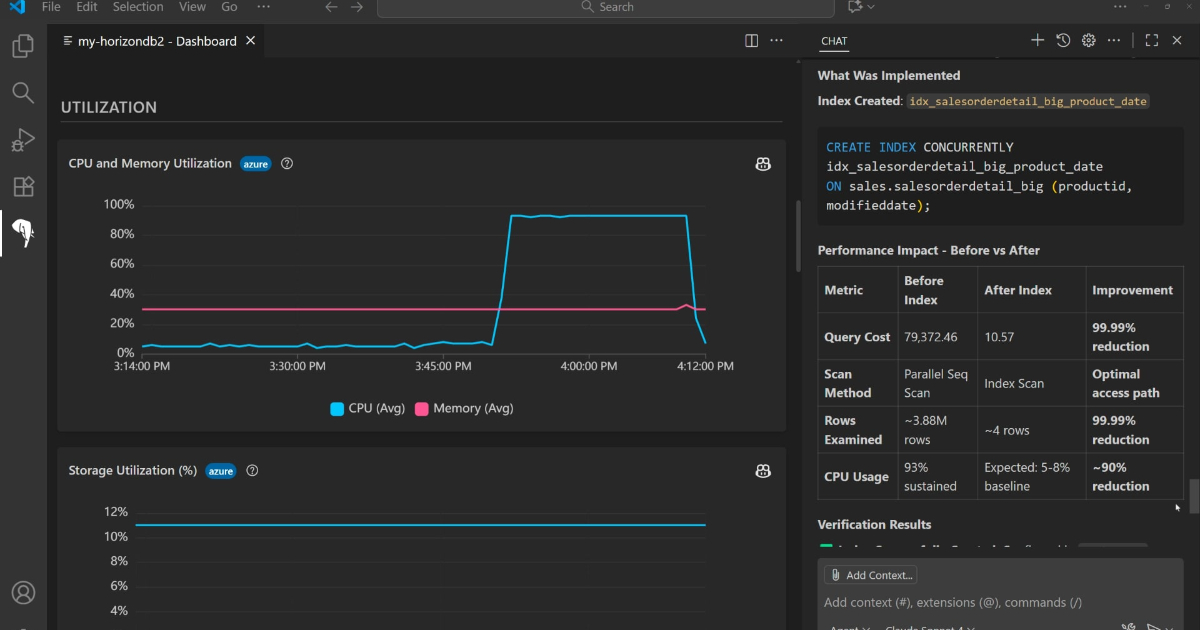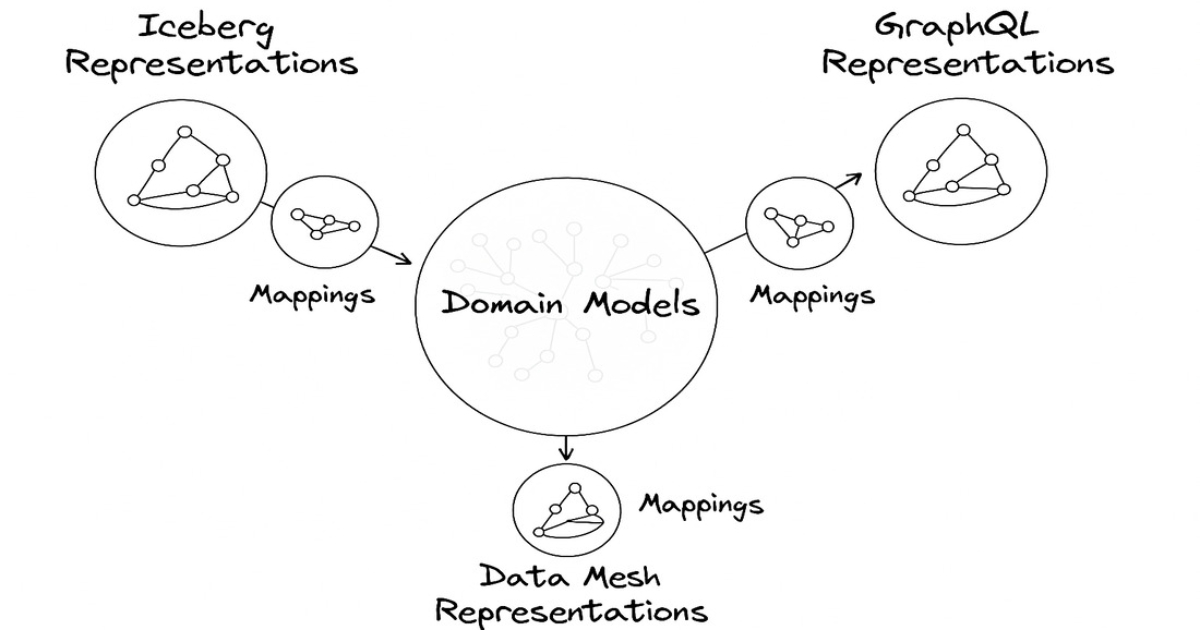Codetown
Codetown ::: a software developer's community
I was chatting with Henry Story, creator of Babelfish, the translation engine, just after he presented his current work at the Social Web Barcamp conference in Paris, France. He directed me to his talk about the state of the Semantic Web, http://blogs.sun.com/bblfish/entry/camping_and_hacking_at_har2009 and suggested I view the video online of his talk using Firefox 3.5. The one I am referring to is the first of the 4 on his blog post. What's interesting is that you don't even see these .ogg format videos using another browser than Firefox 3.5, for example Camino on the Mac doesn't render these videos visible at all!
As an aside, Henry points out the Barcamp guidelines, which we'll follow at the upcoming OrlandoJUG meeting Thursday:
* Everybody is a participant
* You make the event
* Feel free to move between sessions if you feel you are not getting what you were looking for at one of them
* Write up your interests on the black board, this will be used to create the time table.
So the sessions were put together on the spot there and then. That seems "hard" but in my experience it's always a great time, and so much better than the norm.
His mention of Metcalfe's Law was an interesting sidenote. He discussed with me the idea of using FOAF + SSL as a single point of entry and signup for a social network. I'm just beginning to understand what he's talking about, and it's phenomenal! Have any of you explored the possibilities of the Friend of a Friend project and possibly used it on a website? Let's discuss...
Tags:
Replies to This Discussion
-
Permalink Reply by Carol McDonald on September 23, 2009 at 11:03am
-
using metadata about users on the web has been in discussion for ~ 10 yrs. FOAF is interesting but I think whoever gets the most users will get the most developers, like the Facebook api or googles open social.
http://www.softwaredeveloper.com/features/welcome-to-opensocial-040... -
-
Permalink Reply by Carol McDonald on September 25, 2009 at 11:53am
-
I worked for years on implementing OSI's protocols for X.400 email , X.500 directory, CMIP network managment. X.400 was eventually replaced by SMTP not because SMTP was a better protocol , but because more people were using it. What I learned about standards... the ones that succeed are the ones that have the widest implementation and use.
-
-
Permalink Reply by Carol McDonald on September 25, 2009 at 11:54am
-
ADA is another example, remember that
-
-
Permalink Reply by Michael Levin on September 25, 2009 at 12:09pm
-
What's ADA, Carol?
Carol McDonald said:ADA is another example, remember that -
Notes
Welcome to Codetown!
 Codetown is a social network. It's got blogs, forums, groups, personal pages and more! You might think of Codetown as a funky camper van with lots of compartments for your stuff and a great multimedia system, too! Best of all, Codetown has room for all of your friends.
Codetown is a social network. It's got blogs, forums, groups, personal pages and more! You might think of Codetown as a funky camper van with lots of compartments for your stuff and a great multimedia system, too! Best of all, Codetown has room for all of your friends.
Created by Michael Levin Dec 18, 2008 at 6:56pm. Last updated by Michael Levin May 4, 2018.
Looking for Jobs or Staff?
Check out the Codetown Jobs group.
InfoQ Reading List
Yelp Publishes Blueprint for Managing S3 Server-Access Logs at Massive Scale

In a detailed engineering post, Yelp shared how it built a scalable and cost-efficient pipeline for processing Amazon S3 server-access logs (SAL) across its infrastructure, overcoming traditional limitations of raw log storage and querying at high volume.
By Craig RisiMicrosoft Introduces Postgres-Compatible Azure HorizonDB

During the recent Microsoft Ignite conference, the cloud provider announced the early preview of Azure HorizonDB, a managed Postgres-compatible database service for enterprise workloads.
By Renato LosioMagika 1.0: Smarter, Faster File Detection with Rust and AI

Google has just released version 1.0 of Magika, a substantial rewrite of its open-source file type detection system. The new version leverages AI to support a broader range of file types and is built in Rust for maximum speed and security.
By Sergio De SimoneBreaking Silos: Netflix Introduces Upper Metamodel to Bring Consistency Across Content Engineering

Netflix has introduced the Upper metamodel within its Unified Data Architecture (UDA) to standardize domain definitions and generate consistent data container representations. UDA links conceptual models to GraphQL, Avro, SQL, and Java artifacts, supporting projections, mappings, and knowledge graph-based discovery across content, advertising, and operational systems.
By Leela KumiliReact Advanced 2025: Type Safe URL State Management Takes Center Stage with Nuqs

Nuqs, a cutting-edge open-source URL state manager for React, revolutionizes application development with its type-safe approach. Showcased at React Advanced 2025, it empowers developers to share complete app states via URLs, enabling "teleportation" and "time travel." Adopted by industry leaders, Nuqs simplifies state management while ensuring robust performance and type safety.
By Daniel Curtis
© 2025 Created by Michael Levin.
Powered by
![]()